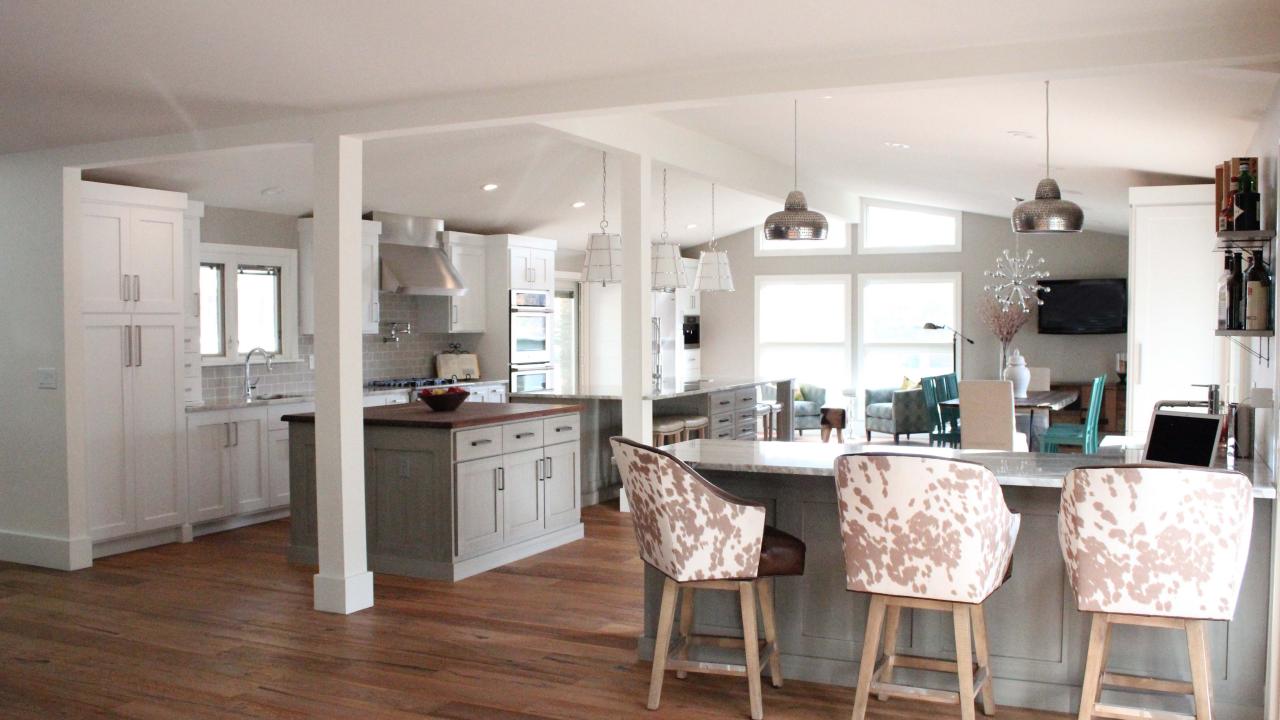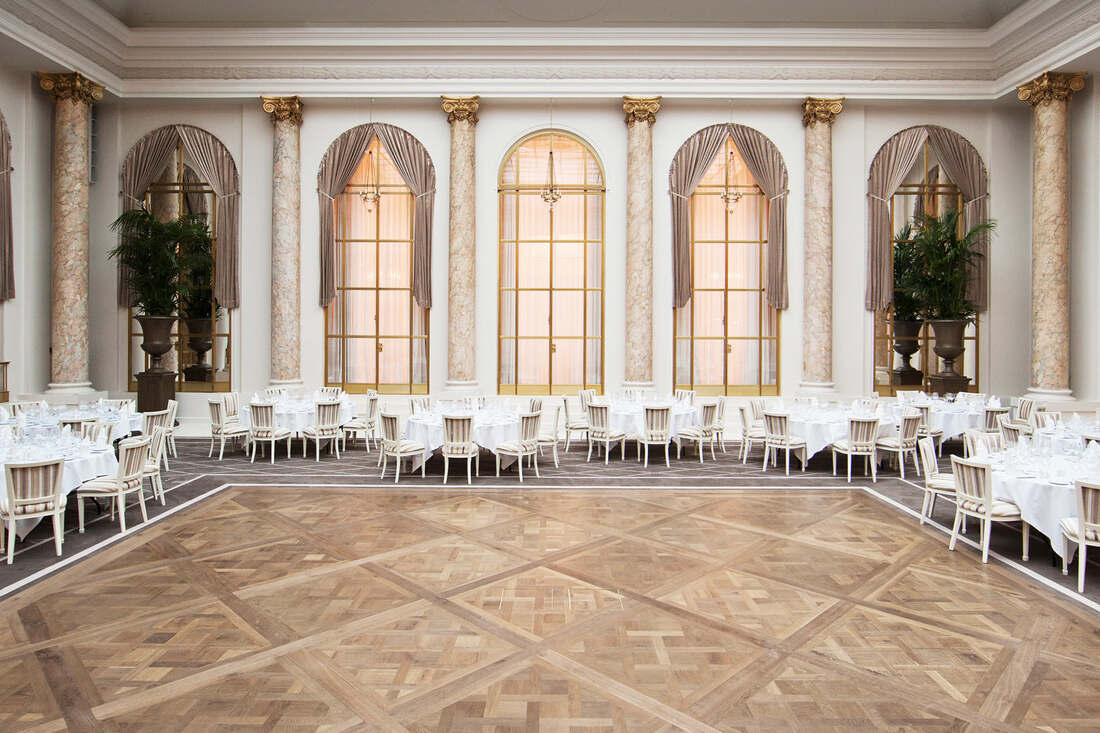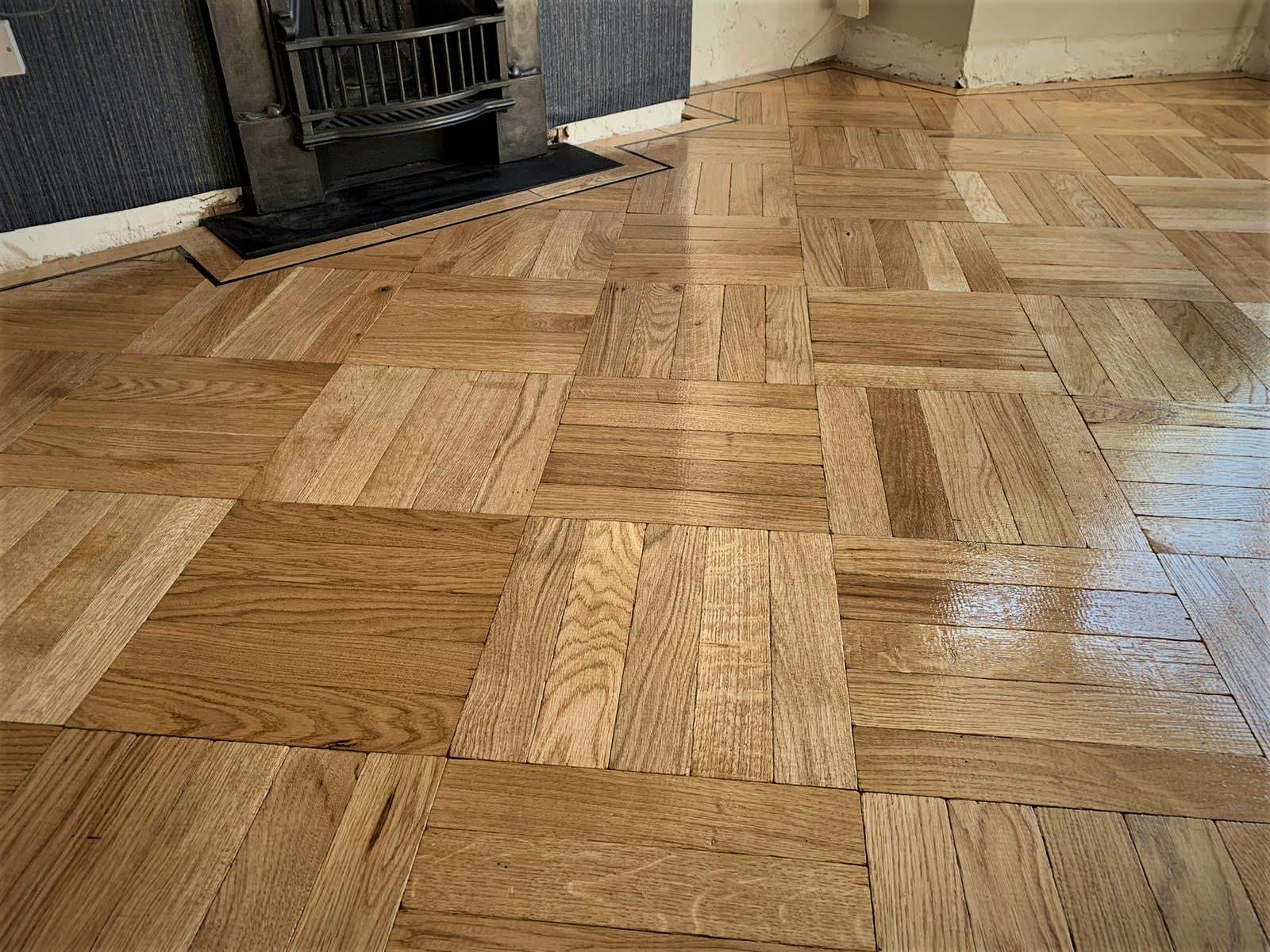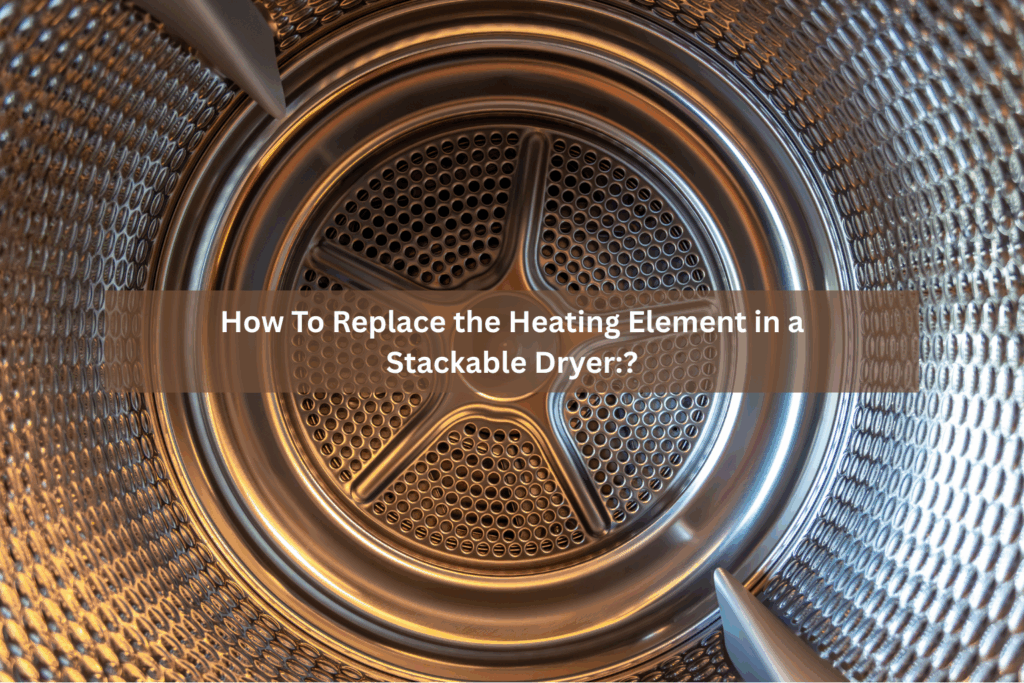Floors made of parquet radiate a sense of sophistication and classic allure. Each room is elevated to a sophisticated level with detailed patterns and rich textures. The word “parquet” originally comes from the French word “parqueterie”, referring to flooring made of small pieces of hardwood laid in geometric patterns. This material has a long, popular history, being versatile, large, sturdy and protective. This post will discuss beautiful parquet flooring, including its design, usefulness and maintenance requirements. Join us as we uncover the appeal of this stunning flooring option.
Discover the timeless charm of parquet flooring in the article, “Parquet Flooring.” From classic patterns to modern trends, explore the artistry and versatility of parquet to interior design.
History of Parquet Flooring
Parquet flooring has a rich history spanning cultures and eras. Its origin dates back to ancient civilizations, where it was used to create stunning and visually challenging floors. Let’s delve into the history of wooden flooring and its popularity in different cultures. The origins of these flooring can be traced back to ancient Egypt, where tiles were used as floor decorations as early as 2600 B.C.
Parquet flooring became more prominent in Europe during the Renaissance. It became a favourite thing for royalty and nobility to decorate the floors of palaces and mansions. France, in particular, played an essential role in developing wooden flooring. The 16th century saw the emergence of the term “parquetry,” which refers to the art of creating complex rigid floor patterns.
Parquet flooring was trendy in France in the 17th and 18th centuries. Built during the reign of Louis XIV, the famous Palace of Versailles had beautiful wooden floors that reflected the elegance and luxury of the era and the striking herringbone and chevron patterns became synonymous with luxury and sophistication. Parquet flooring also found interest in other European countries during this period. In England, wooden floors were commonly found in stately townhouses and country houses during the Georgian and Victorian periods. Patterns and designs have become more mixed, incorporating natural elements such as flowers and leaves.
Across the Atlantic, parquet flooring became popular in the United States in the late 19th and early 20th centuries. It was often used in high-end public buildings and residences, giving a sense of sophistication and luxury. In recent decades, there has been a revival of interior wood flooring. Its timeless beauty and versatility have made it a sought-after choice for modern, traditional spaces. Current processes and materials have expanded manufacturing possibilities, allowing for greater creativity and customization.

Types of Parquet Flooring
A wide variety of options are available for parquet flooring, which may accommodate a variety of preferences and budgets. Let’s look at three popular forms of parquet flooring, each with its own set of characteristics and advantages.
Solid wood parquet
Luxury and longevity go hand in hand with solid wood parquet. It is made from solid pieces of oak, walnut, or maple wood, is very strong, and lasts a long time. Intricate patterns, like herringbone, chevron, and basket-weave, bring out the natural beauty of the wood grain.
Benefits of Solid Wood Parquet
- Parquet flooring made of solid wood emits an enduring and great appeal that elevates the appearance of any room.
- Its robust construction ensures its excellent endurance, making it resistant to wear and strain.
- A solid wood parquet can be sanded and refinished numerous times, which enables it to be restored and altered in appearance if desired.
- The value of a house can be increased by installing solid wood parquet flooring because of its high quality and long-lasting attractiveness.
Engineered Wood Parquet
Engineered wood is a product that blends the natural beauty of wood with the stability and versatility advantages. Joined by a layer of plywood or high-density fiber board (HDF), the construction materials that make up this product, this design reduces the chances of expansion and contraction due to temperature and humidity changes. It provides it with adaptability to a variety of circumstances.
Benefits of Engineered Wood Parquet
- Engineered wood parquet is less prone to warping and shrinking, making it an excellent choice for locations with varying moisture levels.
- It is a versatile flooring option since it can be laid above various subfloors, including concrete.
- Engineered wood parquet is a less expensive alternative to real wood that retains the beauty of natural wood.
- Engineered wood parquet makes the best use of natural resources by layering a thin surface layer on top of a base comprised of rapidly growing and renewable materials.
Patterns and Designs
The complex patterns and designs on parquet floors make any room look more elegant and exciting.
Herringbone Pattern

Herringbone is a traditional and timeless pattern for woodboard flooring. A series of V shapes are rectangular pieces of wood stacked in a staggered zigzag pattern. This design adds depth and movement to the floor, making it visually appealing. Herringbone patterns can be placed on walls in various configurations, including diagonal and parallel. It adapts to support traditional and modern home designs. This pattern is ideal for larger rooms as it creates the illusion of more space.
Chevron Pattern

The chevron design features V-shapes such as a herringbone pattern. The main difference, however, is the alignment of the panels. In the chevron pattern, pieces of wood are cut at the front and joined together to form a continuous arc-like pattern. The chevron pattern exhibits culture and adds a dynamic element to the floor plan. It can have a visually stunning effect as a focal point in a room or as a consistent floor pattern throughout a space. Chevron diagrams can be used to check a room’s height in modern and classical settings.
Versailles Pattern

The Versailles painting is an intricate and beautiful wood sculpture that originated in the Palace of Versailles in France. It has a combination of rectangular and rectangular frames arranged in a geometric pattern. The central rectangle is a recurring pattern surrounded by four rectangles. This design is characterized by incredible detail and aesthetic appeal. It adds a touch of luxury and grandeur to any space, making it a popular choice for formal settings and historic-inspired interiors. The Versailles design is often associated with European classical luxury and is particularly suitable for large rooms or entryways.
Basketweave Pattern

The fabric basket is a wooden board that is unique and visually appealing. It has rectangular frames arranged in a moulded basket shape. Wood panels are often placed vertically, creating a strong and symmetrical design. The basket wave pattern creates a sense of texture and depth in the floor, making it the ideal choice to add visual interest to a room. This design works well in both traditional and contemporary spaces and can be used to create a warm and inviting atmosphere. It is particularly popular in areas such as dining rooms, bedrooms and living rooms.
Parquet Flooring in Modern Interior Design
Due to its timeless beauty and versatility, parquet flooring remains a popular choice in modern interior design. Parquet flooring gives a touch of sophistication and elegance to current areas while retaining a feeling of warmth and character. Its intricate patterns and many wood species provide limitless design options, allowing homeowners and designers to create distinctive and personalised settings.
Parquet flooring provides visual interest and depth to open-plan living areas, bedrooms, and even business spaces, becoming a statement feature that improves the overall appearance. Furthermore, the availability of diverse finishes, from natural to stained or distressed, allows parquet flooring to match a wide range of design trends, from minimalist and Scandinavian to eclectic and industrial. With its combination of durability, natural appeal, and versatility, parquet flooring remains a popular choice in modern interior design, elevating spaces with its timeless attractiveness.
Conclusion
In conclusion, parquet flooring is an excellent example of how beautiful and well-made wood flooring can be over time. Any room, from a grand palace to a modern home, looks classy and unique, with intricate designs and rich textures. With so many wood species, finishes, and patterns, parquet flooring gives designers and users endless design options. They can make spaces that are truly unique and personal.
In addition to looking nice, parquet flooring is long-lasting, well-insulated, and easy to clean. Parquet flooring, as an option that has been around for a long time, still surprises people with its beauty and elegance. Parquet flooring is a sign of class and style, and it can make any room look better and be worth more. It looks great in both traditional and modern settings.
Transform your living spaces with the perfect blend of style and functionality. Explore our comprehensive guide on home decor, where we get into innovative ideas to elevate your surroundings. From stylish accessories to timeless furniture, discover the essence of exquisite design with our expert insights on ‘Home Decor‘ in our article.





